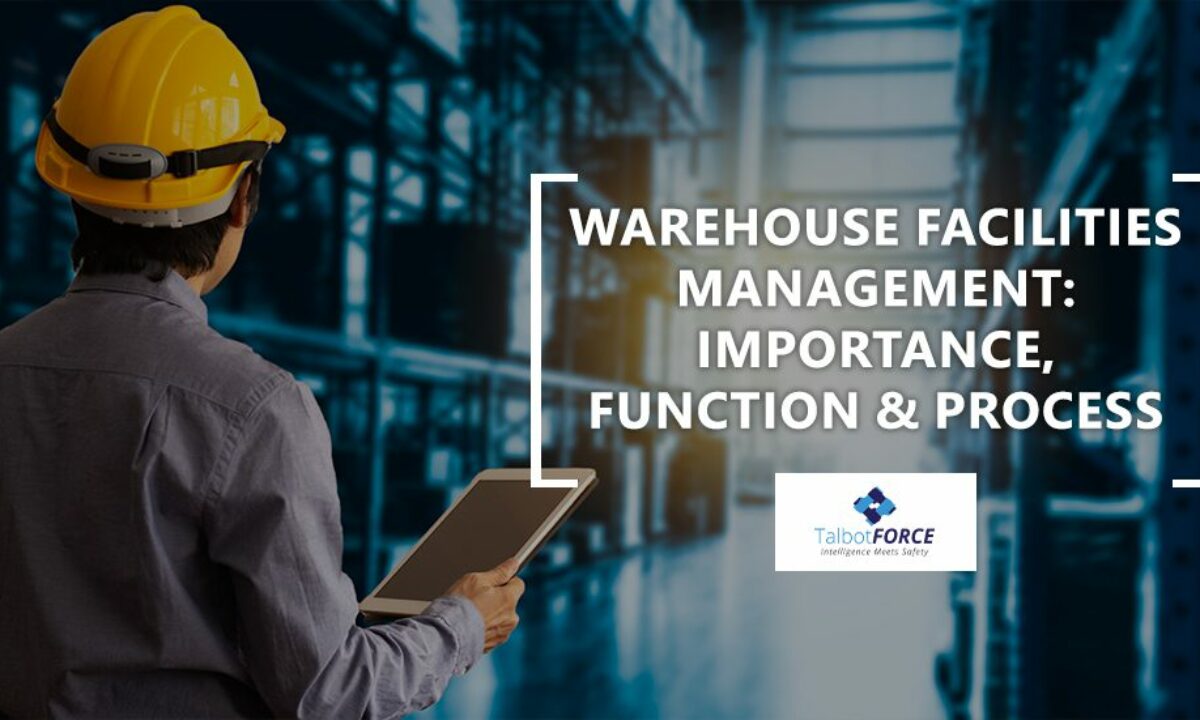Key Approaches for Successful Facility Management in Big Organizations
Key Approaches for Successful Facility Management in Big Organizations
Blog Article
The Necessary Overview to Center Administration: Techniques for Success
Center management plays a critical function in the total success of a company, offering as the backbone that sustains safety, performance, and performance. The subtleties of efficient facility monitoring expand beyond simple logistics and call for an extensive understanding of both qualitative and measurable metrics.
Comprehending Center Administration
What makes up reliable center management? Efficient facility administration incorporates the coordination of numerous business functions to make certain that built atmospheres are secure, effective, and helpful to efficiency. Facility Management. It integrates the principles of design, business, and design administration to develop a smooth operational flow within an organization
Secret elements of center administration include space preparation, maintenance monitoring, and conformity with health and wellness laws. Room planning concentrates on enhancing using physical sources to sustain organizational goals, while upkeep management guarantees that centers are kept in ideal condition, making the most of lifespan and decreasing functional costs. Conformity with regulatory and legal standards is essential, as it safeguards the company against possible responsibilities and improves its track record.
In addition, efficient center management relies on the tactical usage of modern technology, such as Structure Monitoring Equipment (BMS) and Computer-Aided Facility Management (CAFM) tools. These innovations promote real-time monitoring of building systems and improve maintenance processes. Eventually, a detailed technique to facility management not just promotes operational performance but also cultivates a favorable setting for site visitors and workers alike, driving overall business success.
Secret Methods for Optimization
Enhancing facility management needs a calculated approach that lines up functional experiment business purposes. To achieve this, the first key strategy is the application of incorporated technological remedies. Using innovative software program systems permits real-time tracking of center operations, assisting in data-driven decision-making and improving total efficiency.
Second of all, regular evaluations of facility efficiency are essential. Carrying out routine examinations and audits enables facility supervisors to recognize areas that need improvement, guaranteeing that sources are designated successfully. This positive method assists in reducing downtime and boosting service delivery.
An additional important strategy is cultivating partnership across divisions. By urging open communication in between groups, facility managers can much better align their techniques with service objectives, resulting in boosted operational harmony. In addition, engaging personnel in training programs advertises a culture of liability and enhances their capacity to add to optimization efforts.
Enhancing Security Procedures
Strengthening safety methods is vital for creating a safe and secure environment within centers. A detailed safety and security method not only protects employees and site visitors but additionally improves functional efficiency. To achieve this, facility supervisors should perform regular danger analyses to make sure and identify prospective threats that proper steps remain in location.
Educating and education and learning are crucial parts of effective safety and security procedures - Facility Management. Workers need to receive ongoing training in emergency treatments, tools handling, and personal protective measures. Regular drills, such as fire discharges or lockdown treatments, foster experience and preparedness amongst staff
In addition, clear communication channels need to be developed to report safety problems without delay. This consists of creating an accessible system for workers to voice prospective dangers or incidents without fear of retribution. In addition, leveraging technology can enhance precaution; for instance, applying security systems and access controls aids check center tasks and limit unauthorized access.
Lastly, conformity with neighborhood guidelines and sector criteria is non-negotiable. Routine audits and reviews of safety procedures guarantee placement with current legislations and best practices. By focusing on these techniques, facility supervisors can grow a culture of security that safeguards all stakeholders and ultimately adds to the organization's success.
Improving Workplace Environment

Ergonomic considerations are necessary to lessen physical strain and pain. Facility Management. This entails providing adjustable furniture, proper lights, and appropriate area for movement. These adjustments can result in decreased absenteeism and enhanced task fulfillment
Appearances play an important duty in shaping the work environment atmosphere. Utilizing color psychology, all-natural lights, and greenery can foster a welcoming and stimulating environment. Attentively made rooms can increase creative thinking and improve general well-being.
Additionally, motivating worker interaction with inclusive decision-making procedures can boost the sense of possession and belonging. Gathering feedback on workplace enhancements and Facility Management including employees in the design process can cause an extra customized atmosphere that satisfies their needs.
Finally, promoting wellness initiatives, such as wellness programs and leisure rooms, can better add to an encouraging workplace society. By concentrating on these techniques, center supervisors can successfully improve the office environment, driving both employee complete satisfaction and business success.
Gauging Success in Facilities
Determining success in facility monitoring needs a comprehensive technique that assesses both qualitative and quantitative metrics. Quantitative metrics commonly consist of essential efficiency signs (KPIs) such as space utilization rates, power intake, maintenance prices, and tenancy levels. These metrics supply a clear photo of operational performance and monetary efficiency, enabling facility managers to recognize locations for enhancement and benchmark against market standards.
Qualitative metrics, on the other hand, concentrate on customer satisfaction and staff member engagement. Surveys and feedback mechanisms can determine exactly how well the facilities satisfy the needs of owners, helping to examine the overall workplace environment. This facet is crucial, as a completely satisfied workforce is frequently connected to raised performance and retention prices.
To effectively measure success, facility supervisors need to also consider integrating innovation, such as constructing monitoring systems and information analytics tools, to accumulate and evaluate pertinent data. On a regular basis reviewing both sets of metrics permits a more well balanced sight of performance and educates calculated decisions. Inevitably, a successful facility administration method pivots on a dedication to continuous enhancement, guaranteeing that both operational performances and customer contentment are prioritized.
Verdict

Center monitoring plays a crucial function in the total success of an organization, serving as the backbone that sustains effectiveness, performance, and security.Trick components of center administration include space planning, upkeep administration, and conformity with health and security guidelines.Moreover, effective center administration relies on the strategic use of innovation, such as Structure Monitoring Systems (BMS) and Computer-Aided Center Administration (CAFM) devices. Ultimately, a detailed technique to facility monitoring not only promotes functional effectiveness yet additionally promotes get more info a favorable environment for employees and site visitors alike, driving general business success.
Eventually, a successful center management approach pivots on a commitment to continual renovation, making sure that both functional efficiencies and customer contentment are prioritized.
Report this page